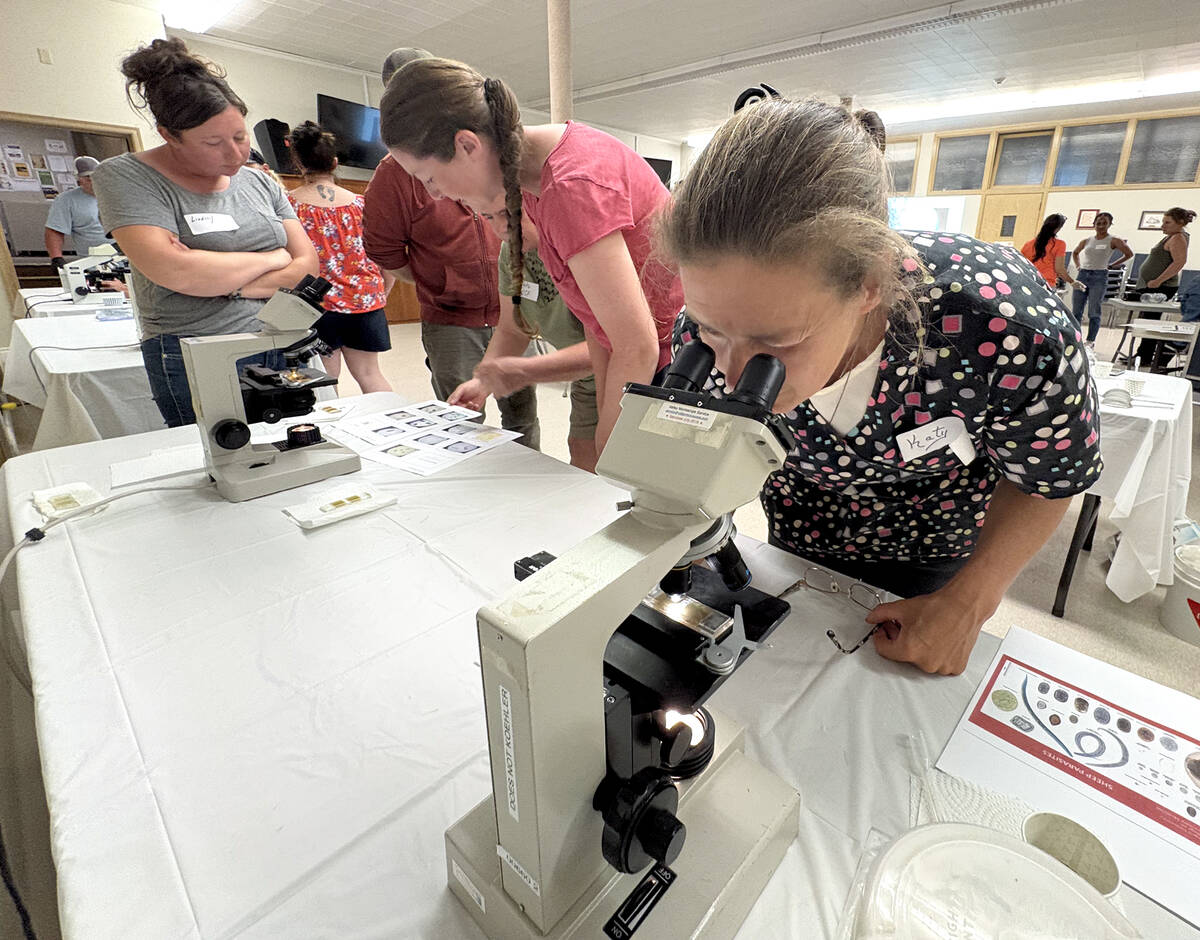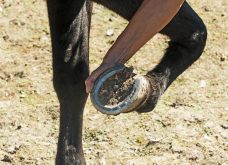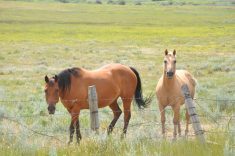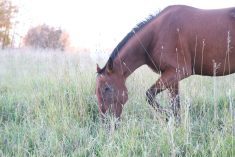Horses being ridden or driven will occasionally develop a peculiar skin lesion immediately in the area behind their elbow, in the axilla or “armpit.” This skin lesion appears “rash-like” and is typically associated with the girth/cinch so the colloquial term “girth itch” is often used to describe it.
The appearance of girth itch is variable. Early on, the hair pattern in the axilla becomes disrupted, no longer laying flat against the horse’s body. As the ailment progresses, hair and skin structures become involved with groupings of small raised plaques, wheals and hives with scaling, crusting, and hair loss becoming increasingly evident. This condition may or may not be itchy.
Read Also

Smart deworming for sheep starts with individual fecal egg counts
Fecal egg count tests are one step to managing dewormer resistance and managing sheep parasites on Canadian sheep farms to maintain flock health.
Unless halted, it can become deep seated in the skin layer, causing inflammation and creating an ever-widening weepy, crusty, raw, bald spot. Continued girthing worsens the skin damage and the horse’s attitude about being ridden.
The causative agent for girth itch is a close cousin to ringworm in the fungal family. These soil-borne fungi proliferate whenever and wherever conditions become favourable. Ill-fitting tack plays a significant role in the advent of this condition. Friction and pressure from an ill-fitting girth blister the skin, setting up the environment for infection and inflammation. Skin repeatedly softened by moisture from sweating, or hosing without adequate drying, also weaken the skin’s natural resistance to infection. As expected, younger horses with naive immune systems are more prone to infection.
Management of girth itch depends upon the severity of the condition. Iodine or chlorohexidine-based shampoos can be used to bathe the affected areas removing scales, crusts and dirt. Topical application of soothing salve containing aloe vera or calendula will further facilitate healing. When the skin is broken or inflamed it will be necessary to spare the horse being girthed for the period of time necessary to heal the ailment, typically a minimum of two weeks.
Prevention
The longer the period of girthing, the more important girth fit and quality become to the horse’s comfort. The tender folds of skin in the axilla easily become distressed by an ill-fitting, soiled or overtightened girth. A poor-fitting girth will also disrupt your horse’s movement and focus. It is important that a girth fit snuggly but not tightly, keeping a well-fit saddle securely in place. Excessively tightening a girth will not compensate for a poor-fitting saddle.
Cinches can be made from leather or cotton webbing. These natural products, when kept soft and clean easily mould to the horse’s body shape and act as a wick to pull moisture, dirt and heat away from the body. Cinches can also be made from synthetic materials such as neoprenes, nylons and foam rubbers. Many synthetic materials tend to keep heat and moisture against the horse’s body, furthering excessive sweating and contact irritation.
Mindful care to girthing a horse includes soft, clean, well-fitting girth equipment and appropriate hygiene of the girth region in horses. Attention to such detail can have a surprisingly pleasant influence on your horse’s attitude to being ridden or driven.



















